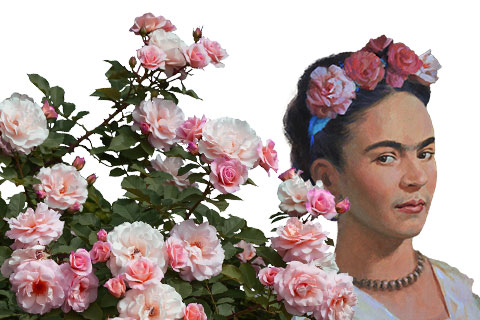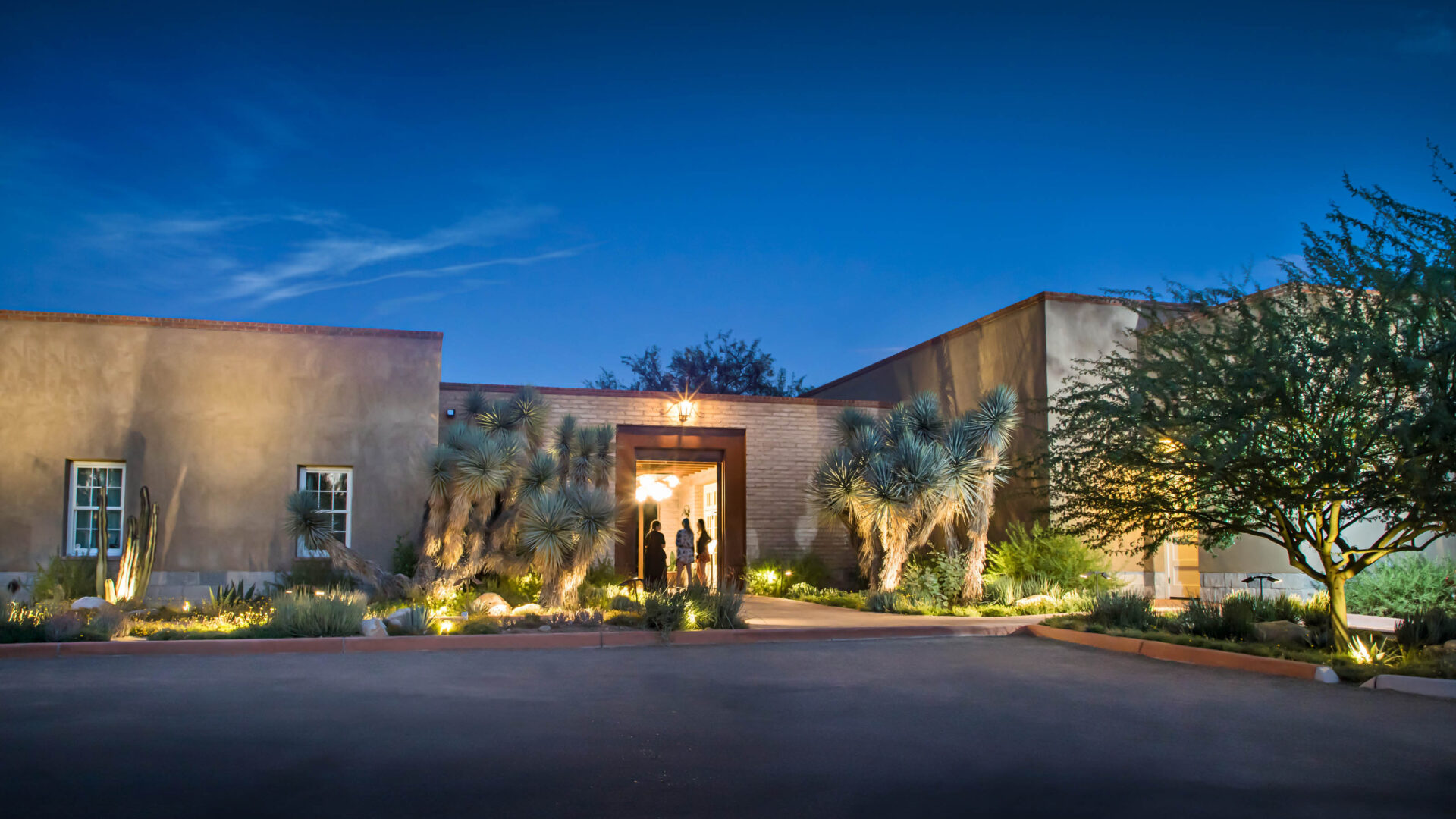
rooted in Tucson
History
The entity known as “Tucson Botanical Gardens” was originally founded in 1964 by horticulturist and collector, Harrison G. Yocum.
The gardens at his home on North Jefferson Street were open to the public, and contained an extensive collection of cacti and palms. Memberships became available in 1968, and the group became chartered as a non-profit corporation the next year. As the organization grew to 100 charter members it found a temporary home at Randolph Park, using display space available in a greenhouse. Dr. Leland Burkhart, UA professor of Horticulture, was president of the TBG at the time and the society began formulating a dream for its future. Plans were then created for a larger, permanent home. Friends of TBG and local garden clubs organized fund-raising activities to further this purpose. In 1974, Tucson Botanical Gardens attained its current location at the historic Porter Family property.
The porter family
Through The Years
Originally, the house was the longtime home of Rutger and Bernice Porter. The Porters raised a family, ran a nursery, and participated fully in the life of Tucson, though their lives began on opposite sides of the country. Bernice Walkley was born in New Haven, Connecticut, an only child who ultimately graduated from Vassar in 1923. After Bernice’s mother died, she cared for her arthritic father, Raymond, for several years until his condition prompted their move to Tucson in 1930. He must have found it salubrious, for he soon built a house in the El Encanto neighborhood. Tucson at that time was an up-and-coming town of about 35,000 people.
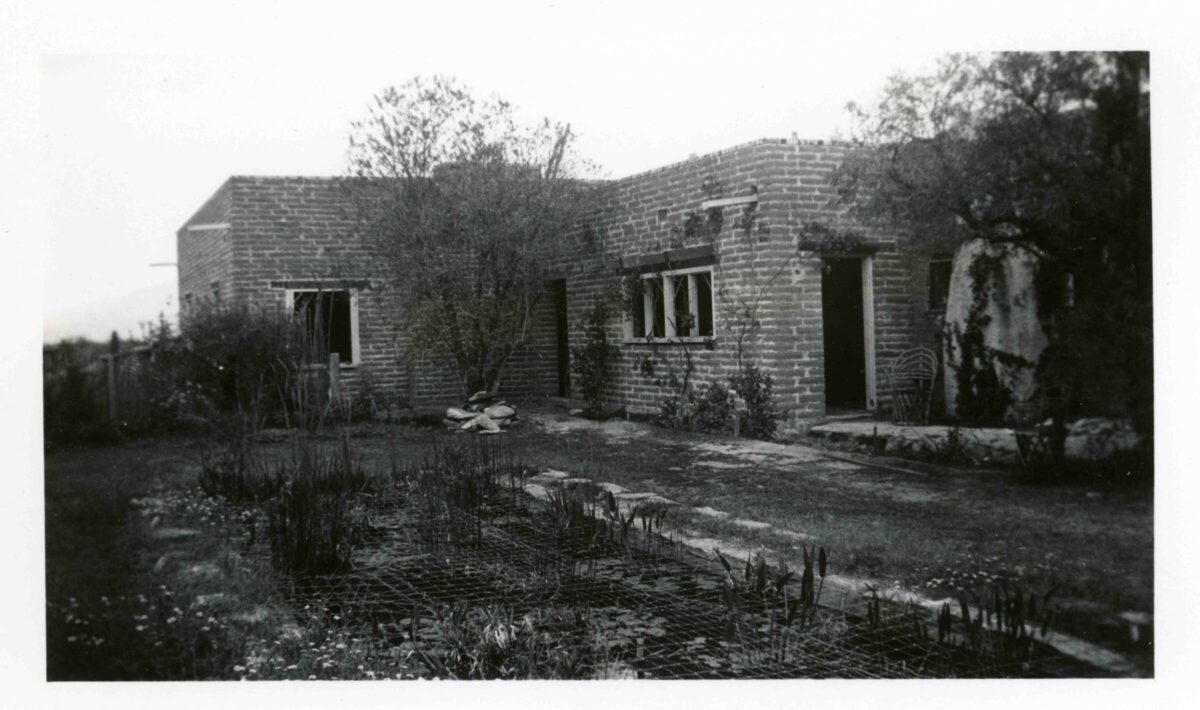
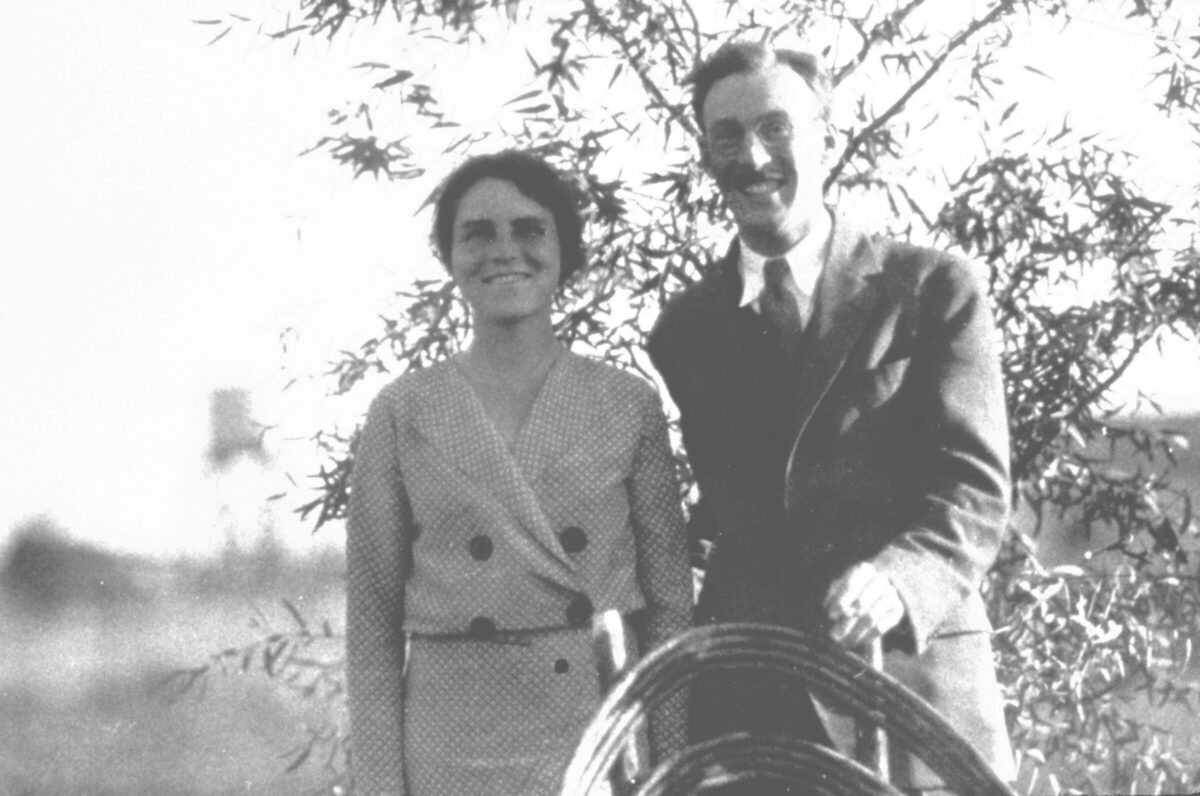
Rutger Bleeker Porter was born in Hollywood, California. His father died when Rutger was a teenager; soon after he moved to New York City to live with an uncle, and then studied agriculture at Rutgers University. After suffering several bouts of pneumonia in New York, Rutger decided to move to Tucson in 1927. He lived with an acquaintance and did landscape work for Alfred and Anna Erickson, founders of the Desert Sanatorium, an institution dedicated to treat people with tuberculosis (which later became Tucson Medical Center). Anna nicknamed Rutger the “Kactus Kid,” because of his interest in local plants and he was commissioned to do the original landscape work for the Desert Sanatorium. News of Rutger Porter’s landscape services made its way around the small town. Raymond Walkley hired Rutger to do some landscaping at his El Encanto home, where he met his future wife, Bernice.
The young couple married in 1931 and started Desert Gardens Nursery at the site of their home on the corner of Grant and Maple Boulevard (now Alvernon Way). The earliest buildings on the grounds date to the 1920’s and were constructed of adobe bricks made on site. As the family grew to include three daughters their house expanded to three bedrooms, two baths, a sleeping porch, and several beautifully landscaped patios and gardens. The property, nicknamed “Porterville”, also had a corral and two horses (where the TBG Sensory Garden now stands).
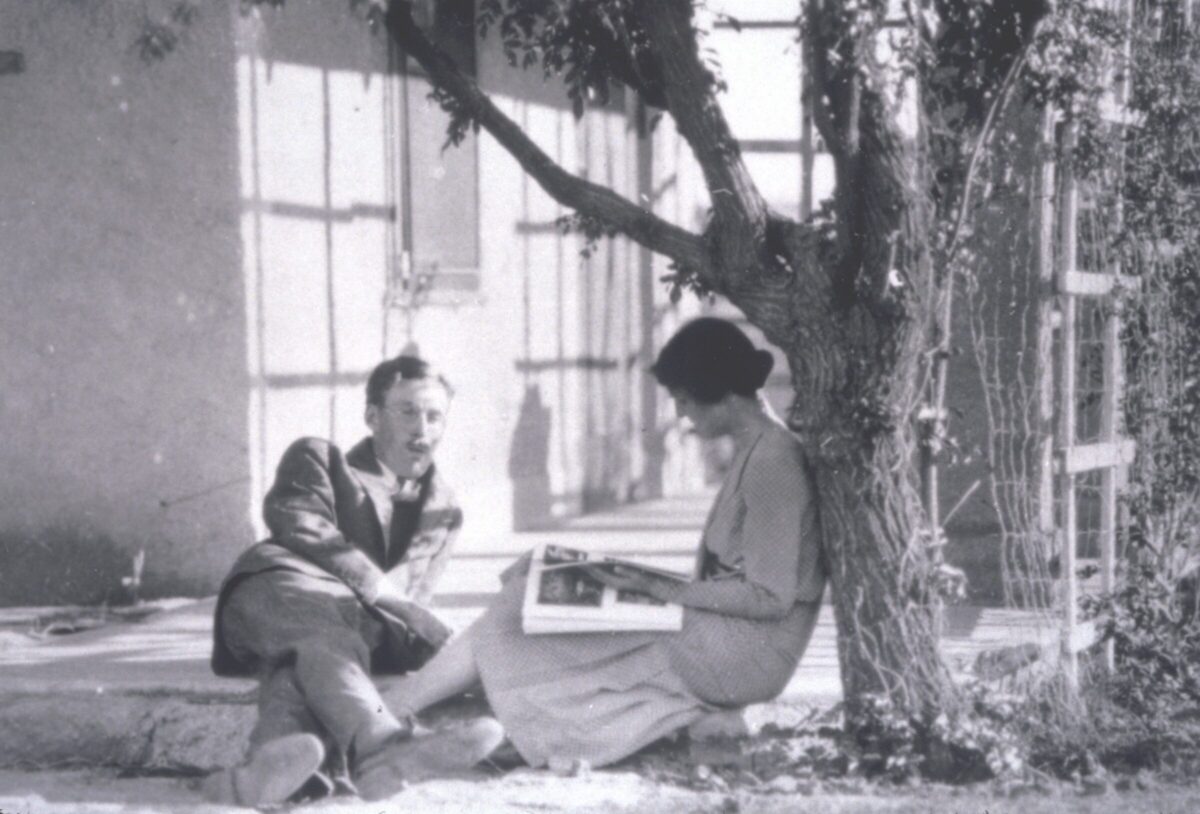
In an interview several years ago, daughter Cornelia recalled, “It was wonderful. We would cross Grant—of course there was little traffic—and then ride straight up to the foothills.”
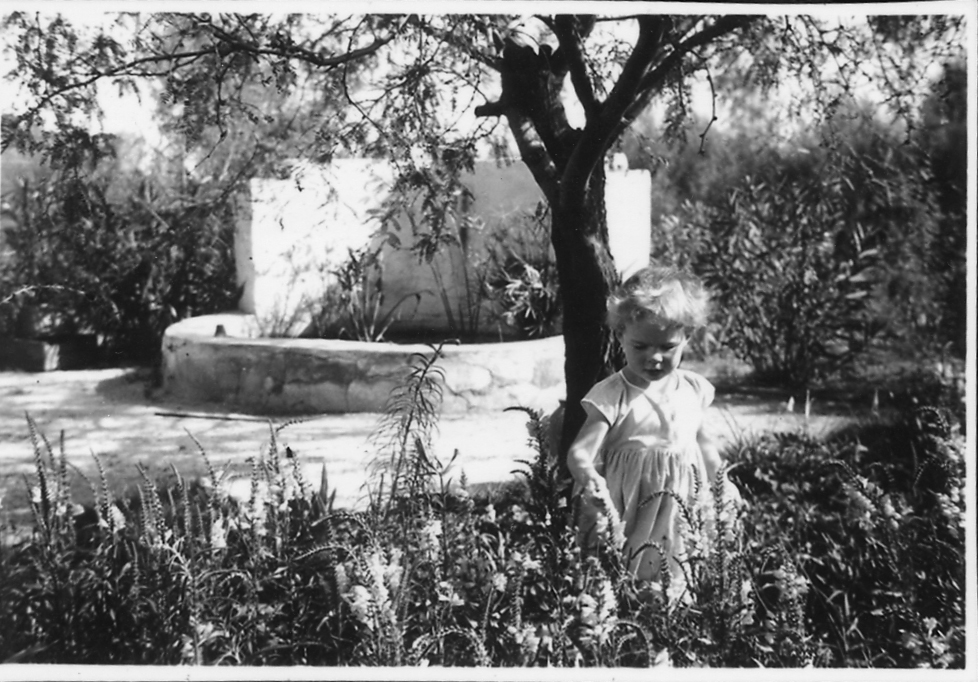
The Porters’ garden developed from many planting experiments with a mixture of natives and Mediterranean plants. Over the years, the original garden began to reflect the sturdier choices for the Tucson climate. A wonderful landscape of winding walks, low adobe walls, fountains, and lovely greenery evolved around the home. Today, the Historical Garden contains many of the original plants from Porter estate including citrus, roses, privet, sweet olive, nandina, pomegranate, Aleppo pine, pyrancantha, iris, chaste-tree, jasmine and other plants of that era. The oasis style represented in this garden is typical of large Tucson gardens dating from the 1920’s to the mid 1960’s.
Bernice and Rutger stayed active in the community raising their children, and joined clubs and boards, including Junior League of Tucson, Tucson Medical Center, and Tucson Symphony Orchestra. The Desert Gardens Nursery closed in 1958 and Rutger Porter passed away in 1964. Bernice wanted the beloved property to become a public garden and donated it to the City of Tucson in 1968 while continuing to live in a small apartment on the grounds.
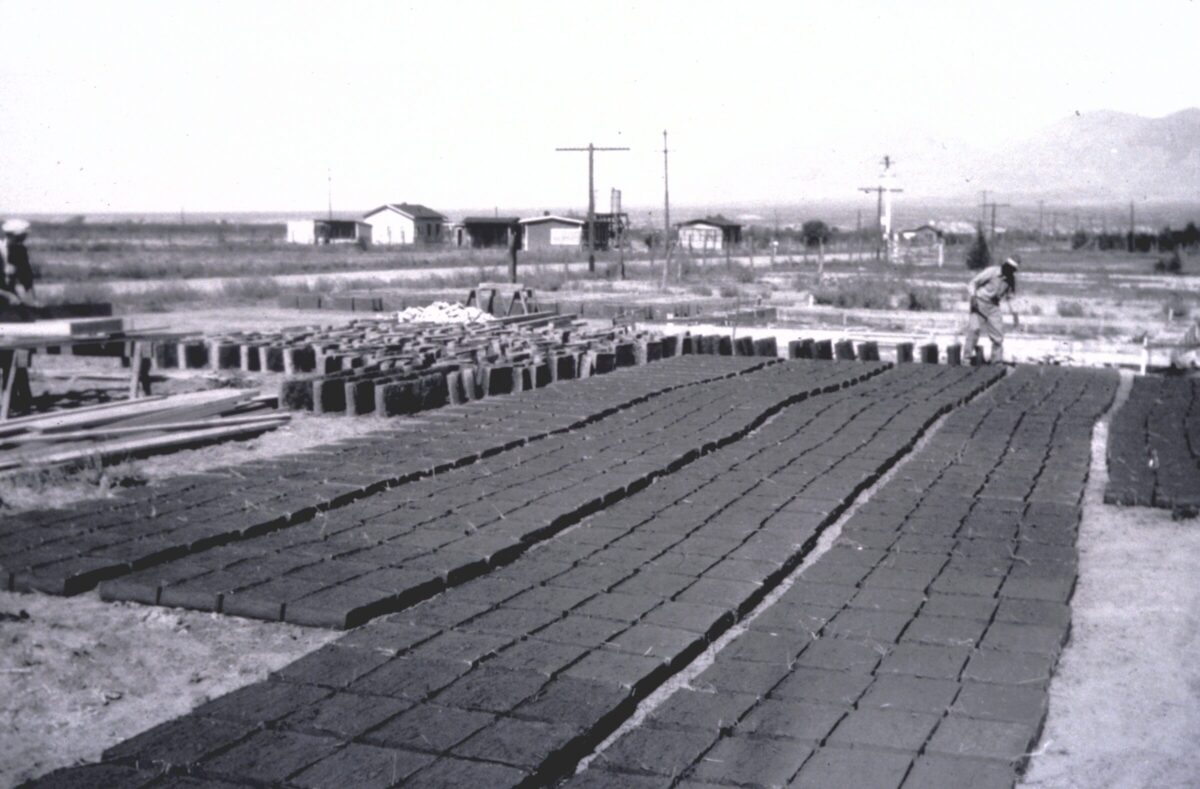
“Today a botanical garden must be much more than pleasurable, interesting, exotic. Now the necessity is a fuller understanding and application of the relationship of plants with all other life on the planet. We must realize, as never before, that plants, which are supported by the earth, support the earth.”
Bernice Porter
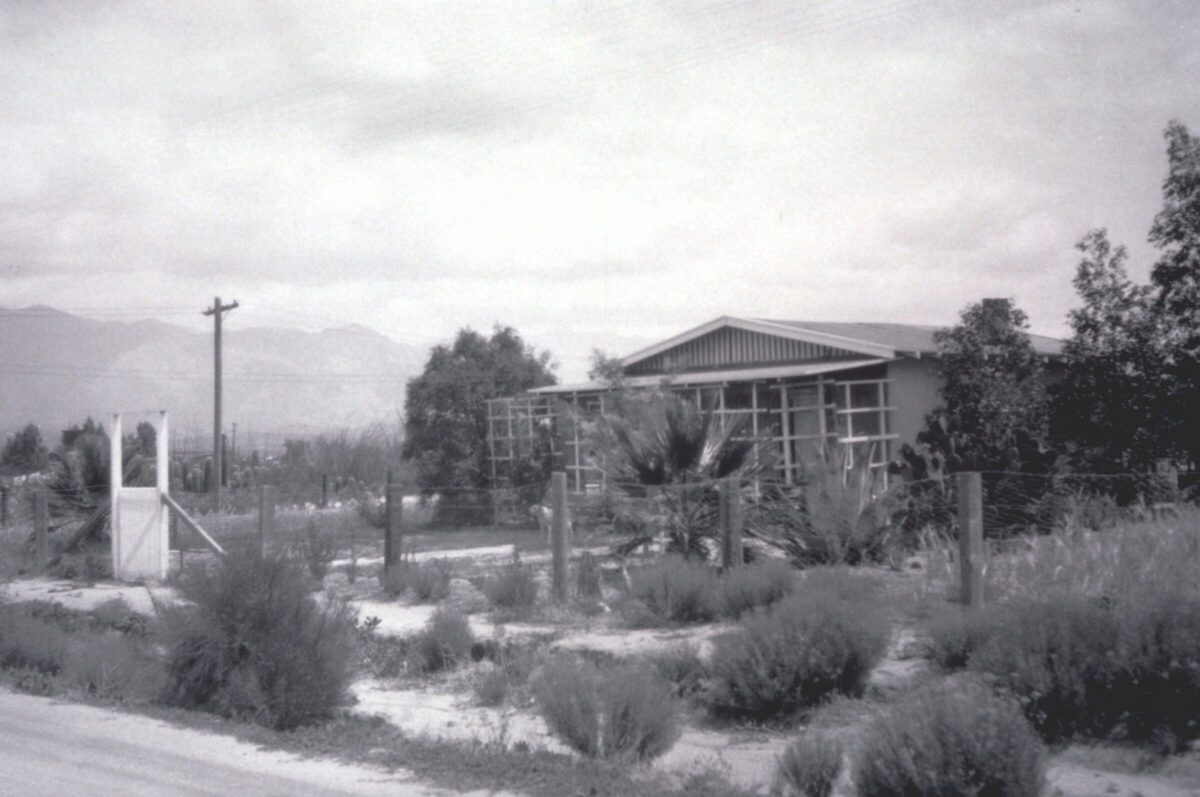
By the early 1970s, the union of Tucson Botanical Gardens with the Porter property became a reality. In 1974, the Tucson City Council passed Resolution 9384 which stated that the property would be used for the development of a botanical garden to serve as a horticultural center, a sanctuary for wild birds, and as a center for education. Then President Boyd Allen had the responsibility of melding the existing gardens with TBG’s dreams of the future. For Mrs. Porter, the arrangement meant saving the house and grounds. “We just didn’t want to see this place go down under a bulldozer,” she mused in the 1975 article, “Now it will continue to offer as much pleasure to others as we have enjoyed in the past.” When she passed away in 1983, the City deeded the property to the Tucson Botanical Gardens.
Since it became open to the public, the Tucson Botanical Gardens has renovated and expanded the property while preserving the Porter Family legacy as an important piece of Tucson history. Originally a large grassy area off of the Porters’ sun porch, the Reception Garden was a favorite family gathering space. In the late 1970’s the hardscape replaced the grass and in 1991 the raised stage was added and the Gardens was renamed The Alice Holsclaw Reception Garden. The Cox Butterfly & Orchid Pavilion was the original site of the Herb Garden. Edna’s Shed, whose namesake was a family friend of the Porters, marked the site next to the Pavilion until it was relocated to the current Herb Garden in 2010. In conversations with Cornelia Porter Ford, the move was appropriate because it placed Edna’s Shed where it belonged: next to the herbs that Bernice loved so much.
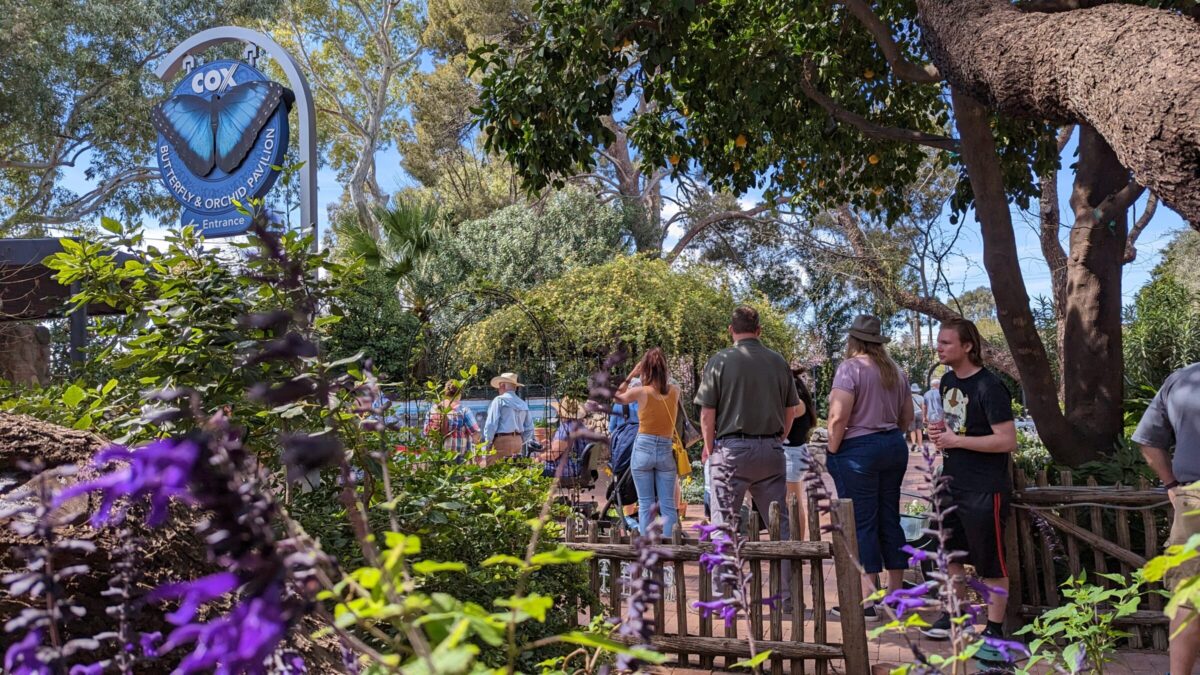
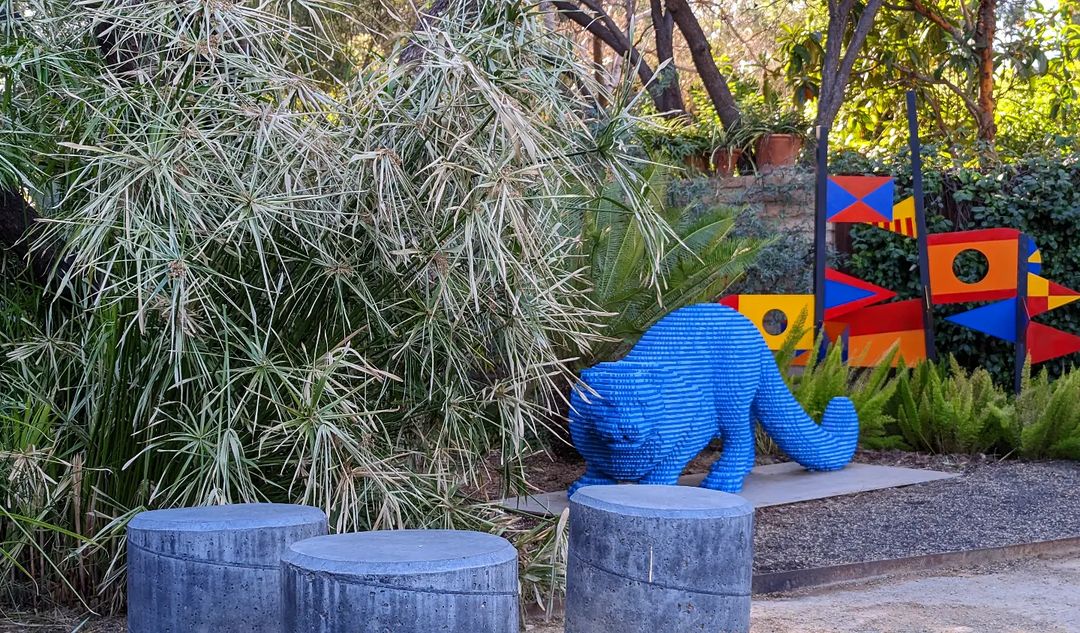
The organization has also expanded its offerings over time by continuing to provide educational resources to the community as well as developing several public events held throughout the year. Docent training started in 1982, while the Educational Outreach programs began in 1986. The following year saw the first annual Luminaria celebration, with the SAWARA Xeriscape/Solar demonstration garden opening in 1988. The 1990’s were a period of rapid growth for the Gardens, evidenced by the additions of an outdoor amphitheater, compost demonstration area, Butterfly Garden and several multicultural exhibits. A new educational building was constructed in 2000 and the popular Butterfly Magic exhibit began in 2004.
In recent years, Tucson Botanical Gardens has increased its commitment to bringing nationally recognized exhibits to Tucson. Beginning in 2015 with the traveling exhibit, Nature Connects, and continuing with hosting the New York Botanical Gardens blockbuster show, Frida Kahlo: Art, Garden, Life, the Gardens have seen an increased number of visitors, membership and volunteer participation. In September of 2015 the Gardens completed its Welcome Center, a stunning addition that reflects the historical, territorial style of central Tucson. Designed by local Architects Rory McCarthy and Paul Weiner of DesignBuild Collaborative, the building brings new gallery and meeting space as well as an expanded Gardens Gift Shop, shifting the heart of the visitor experience to the center of the property
In 2019 a 25-year master plan was completed by landscape architect and public garden master planer, Cindy Tyler of Terra Design Studio, LLC. The plan includes purchasing surrounding properties to expand the current footprint of the Gardens, the addition of a new Butterfly & Orchid Pavilion and Event Center, as well as a new 2 acre Children and Family Garden and Education Center.
To learn more, contact the Executive Director at (520) 326-9686 ext. *15, or email: execdirector@tucsonbotanical.org
